What have we learned from COVID-19?
Epidemiologist Syra Madad says it’s critical to engage with local communities



Hugh Verrier
Chair
In 2021, the COVID-19 pandemic continued to affect nearly every aspect of our lives. Against this backdrop, our global teams worked on groundbreaking transactions, resolved high-stakes disputes and, through our global citizenship initiatives, responded to societal challenges around the world.
The role of business in society evolved as environmental, social and governance (ESG) issues entered the mainstream, concentrating on challenges including the energy transition and achieving greater diversity and inclusion. Like our clients, we looked for ways to create long term value and growth—a shared goal that created opportunities for collaboration.
It was in this context that we launched a new five-year strategy, focused on creating a distinctive experience for our clients.
Our emphasis on complex, cross-border matters helped us grow in all of the regions where we work and achieve outstanding results for our clients. As we look to the next five years, we are committed to building the capabilities our clients need, supported by a strong, resilient culture.
Guest speakers at Firm events talk about issues that made news in 2021
Epidemiologist Syra Madad says it’s critical to engage with local communities

Think tank CEO Chris Pinney is encouraged by moves to focus on impact, not just policies and procedures

Bill Emmott, who co-leads a nonprofit that studies the far-reaching effects of COVID-19, discusses the importance of business scenario planning

Developments that reshaped the world
Countries and companies are increasingly committing to net-zero goals that would require them to significantly reduce carbon emissions on relatively short timelines
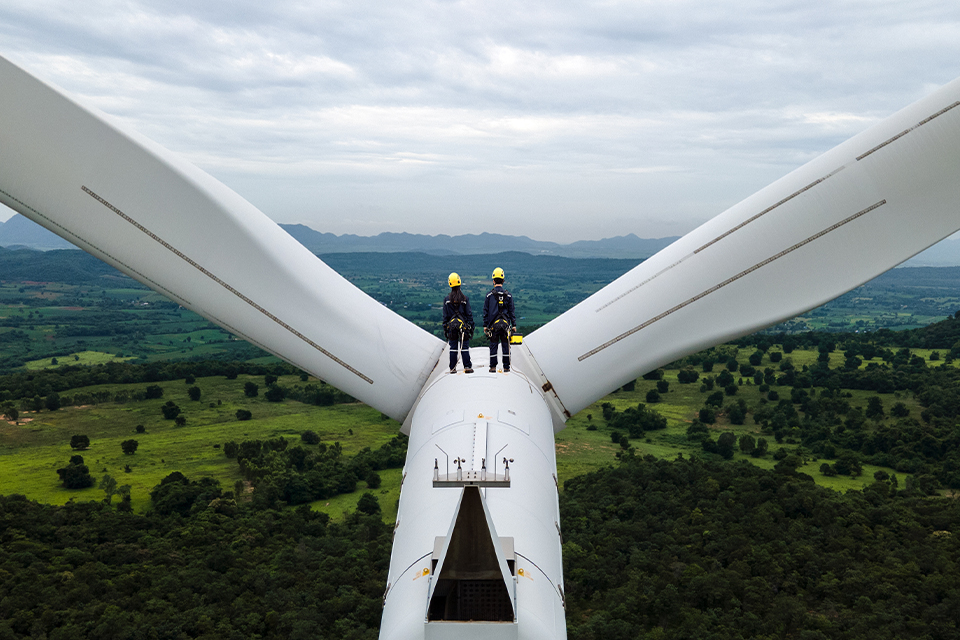
The pandemic accelerated global concerns over climate change and inequality, pushing societal expectations around responsible business practices into the spotlight
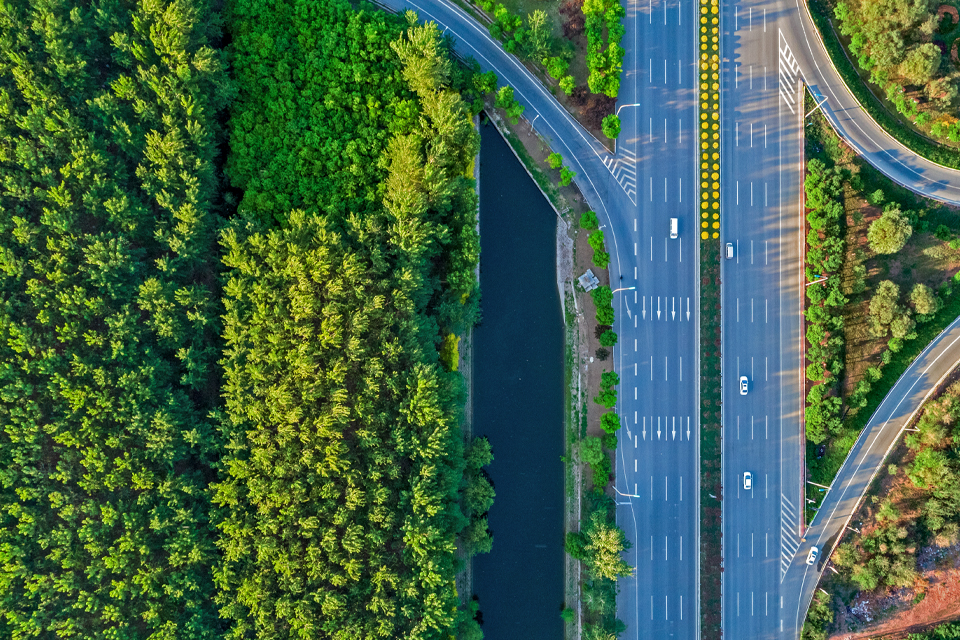
Most of 2021 was characterized by free-flowing capital, as government aid in response to COVID-19 propped up economies

Globalization may be evolving, as nations and regions reassert their regulatory powers on a wide range of issues

Matters in eight practice areas that highlight our global impact for clients
Our 2021 achievements cap an outstanding five-year success story
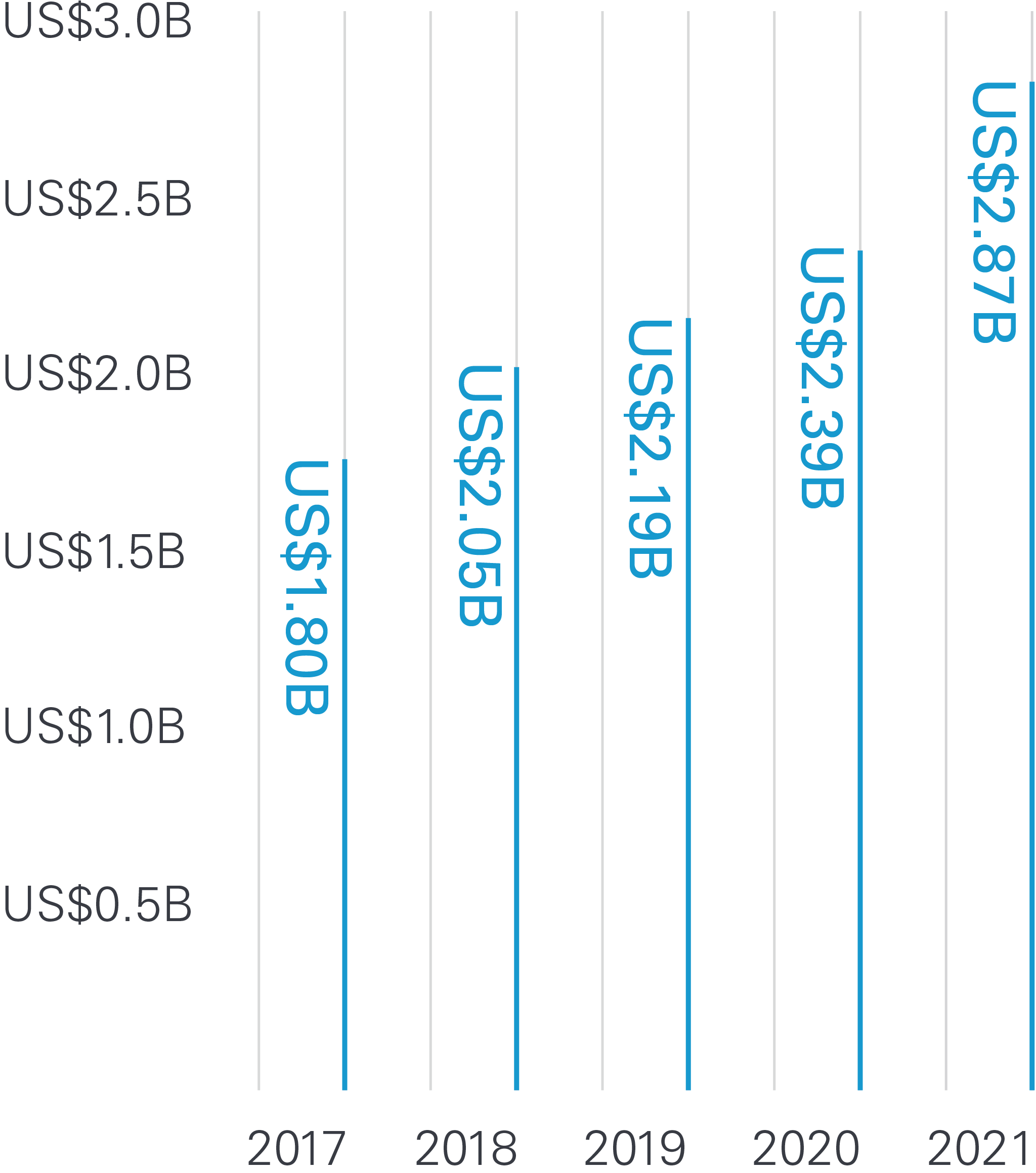
2,464 Total lawyers
An outstanding roster of talented lawyers strengthened our Firm in 2021
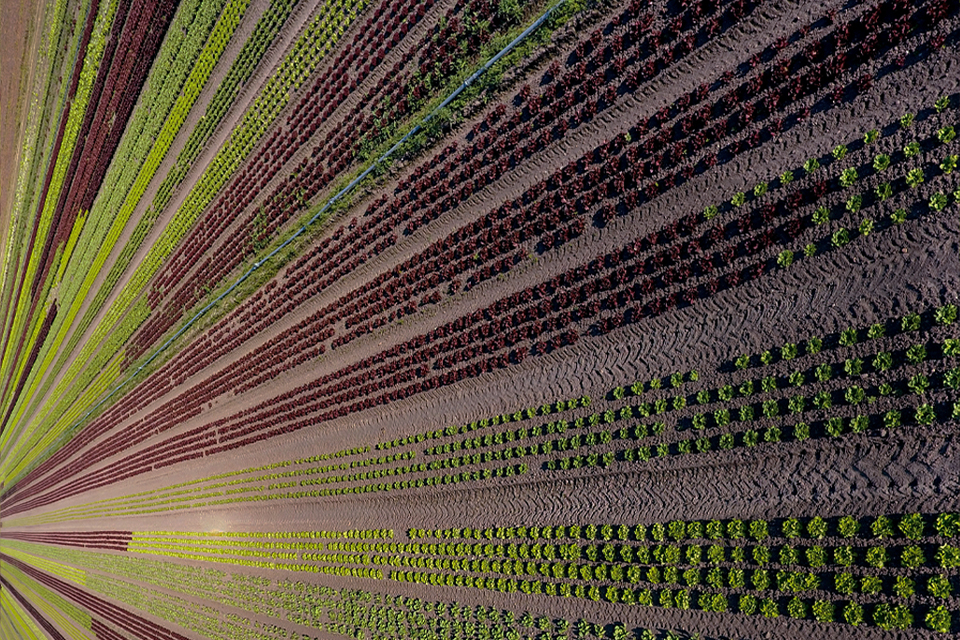
White & Case earned many of the legal industry’s top accolades for outstanding performance in 2021

White & Case is committed to fair and ethical operations that respect human rights and recognize the importance of our natural environment.
As a signatory to the UN Global Compact we affirm our commitment to doing business responsibly by supporting the Compact’s ten principles on human rights, labor, the environment and anti-corruption. The steps we are taking to continue to embed these principles into our Firm are outlined in our most recent Communication on Progress.
Our latest Environmental Sustainability Report includes information on our environmental policies, footprint, key actions and goals.
Where White & Case is a longtime leader — and we're just getting started.
10 global affinity networks
Our ten global affinity networks foster a sense of community among the Firm’s Black, Asian, Latinx/Hispanic, Middle Eastern, minority ethnic and LGBT+ lawyers, business services professionals and their allies. Each network sets its own agenda, initiatives and goals, which are specific to the issues it feels are most important. Affinity networks also create and enhance awareness of these groups within the Firm and its larger culture, drive community and connection across our global offices, and support their members with career and professional development opportunities.
26 local women’s networks
Our 26 local women’s networks are active in 40 offices across the Americas, EMEA and Asia-Pacific. These networks foster professional development and mentoring activities, and support business-related client partnerships. They also provide a forum for our lawyers and business services professionals to share perspectives and create programs to support and retain our talent while fostering and promoting gender equity.
For more than a decade, leading publications and alliance organizations have recognized White & Case’s commitment to diversity and inclusion.
We continued to advance toward our diversity and inclusion goals, narrowing the gap between thought and action with new trainings

Like our clients, we are seeking ways to sustainably create long-term value and growth, a shared goal that presents opportunities to collaborate

We set out to ensure we provide our clients with an experience that emphasizes the attributes they seek in a trusted advisor

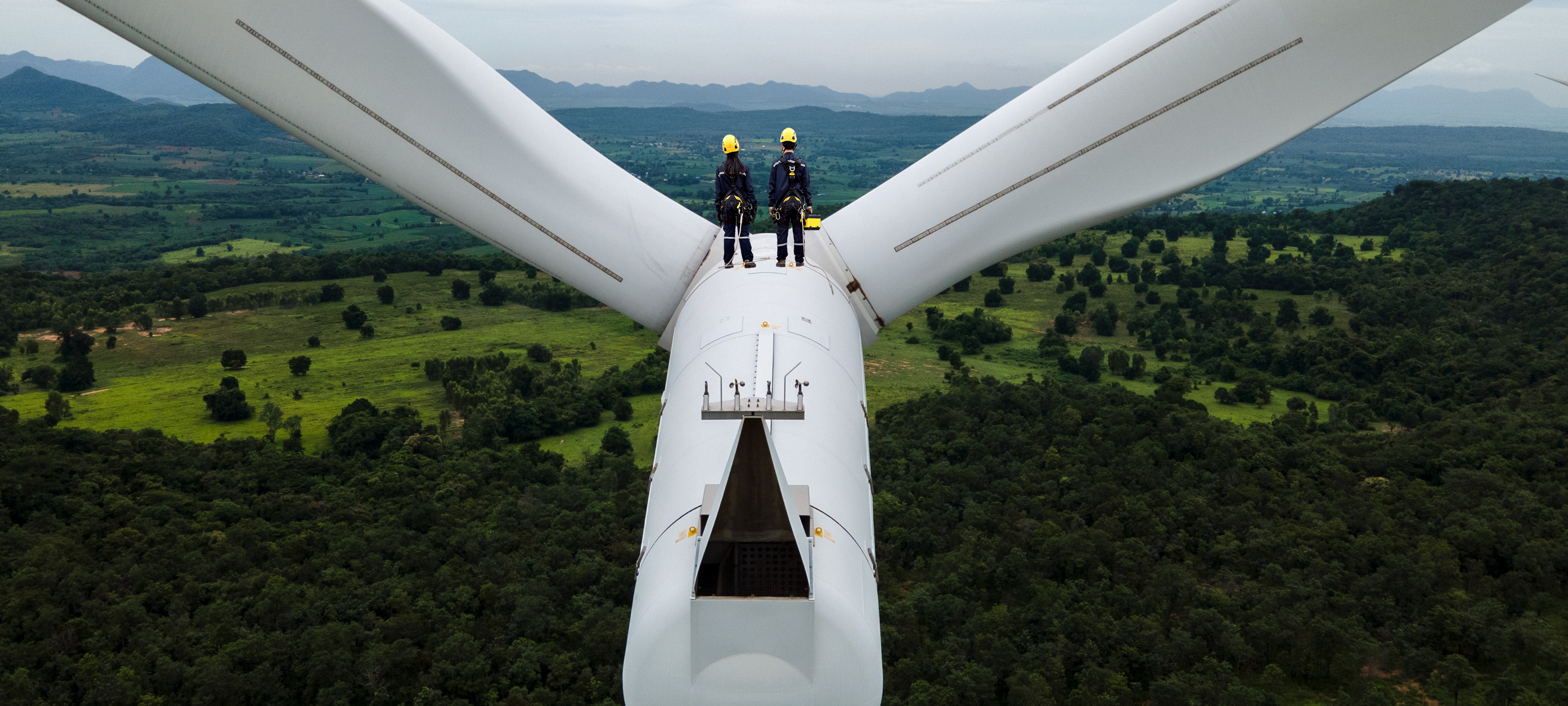
Countries and companies are increasingly committing to net-zero goals that would require them to significantly reduce carbon emissions on relatively short timelines. The transition to a lower-carbon world won’t be easy, given global economies’ dependence on access to carbon-intensive energy, materials and products. Innovation will continue to accelerate progress, but success will depend on stakeholders’ ability to embrace a variety of approaches, many of which are new and rapidly evolving.
We worked with companies across sectors that are at different points in their energy transition journey. Below we highlight some areas we focused on in 2021.
Technological advances continued to drive prices down for critical applications, such as solar and wind generation. But 2021 also witnessed important developments in areas that will enable deployment of renewables.
In the US, the Build Back Better Act contained numerous incentives for the renewable energy industry, including expanded tax credits for a range of renewables and funding for the national buildout of electric charging stations to accelerate the transition to electric vehicles. The Biden administration also rolled out reforms that open US waters along the Atlantic and Pacific coasts to offshore wind, and many non-US companies with offshore experience are already helping to accelerate offshore development in the US. Similar initiatives are underway in regions around the world.
As adoption gathers speed, renewables projects are growing in size and complexity. In 2021, financing closed on what will be the largest single-site solar project in the world, in Abu Dhabi. And demand for electrification will continue to rise, as companies embrace cleaner tech.
Managing the flow of power from the growing number of nontraditional, intermittent and distributed sources requires development of new infrastructure, such as microgrids and battery storage facilities, that raise novel construction and contracting challenges.
Ultimately, success will call for a continuing focus on the cutting edge. Looking to the future of renewables, policymakers and regulators around the world are creating incentives for the development of hydrogen power, which could revolutionize fuel-intensive sectors such as heavy industry and transportation.
And though batteries will enable energy transition, mining the minerals used in their production carries environmental costs, which mining development projects must consider. Stakeholders must ensure battery materials are recycled, reused and repurposed, and not discarded in ways that exacerbate the problems batteries would help to solve.
Traditional fuels remain critical in keeping the economy running, even as renewables proliferate. Natural gas is particularly important because it’s relatively clean, which is why countries continue to build LNG facilities to import gas for power generation and other uses.
Carbon capture, utilization and storage will enable companies to extract carbon from emissions and either funnel it to productive uses or sequester it so that it is not released into the atmosphere. In either case, the overall volume of carbon emitted is reduced.
And the trend toward distributed generation could revitalize nuclear power, which does not emit carbon. Companies and governments around the world, including the US and the UK, are signaling support for small modular reactors that can be sited in a broad range of settings to meet targeted power needs.
Governments and the private sector have important roles to play in financing the energy transition. Governments can invest in R&D to develop proofs-of-concepts for new technologies, share risk for investment in green energy infrastructure, support the private sector through clear policy and regulation, and provide funding for green/energy transition projects.
Energy transition is also driving M&A, as companies adjust their portfolios to reflect evolving strategic objectives. There was a significant uptick in US power M&A, European offshore wind M&A and in global SPAC activity related to electric vehicle companies.
In the US and UK, shareholder activism is likely to spur additional ESG-focused campaigns and dealmaking, as activist funds like Third Point and Engine No. 1 increasingly press for action based on the logic of energy transition. And in Japan, activist shareholders are increasingly concerned with ESG issues.
It has been clear for some time that sustainability demands are fueling legal risk. Climate change-related disputes have evolved beyond damages-based claims to a new and diverse class of climate change-related actions. Two high-profile cases in Europe that could significantly expand liability and impose broader restrictions on companies highlight the evolving nature of climate disputes around the world.
Although climate change litigation is steadily increasing worldwide, few cases have so far been filed in Africa. Yet the success of rights-based litigation in Europe is likely to influence the future of climate litigation in Africa, with more cases expected in the coming years.
The global increase in climate change-related actions has amplified pressure on legislators, regulators and legal institutions to facilitate the prosecution of such actions, and many regulatory authorities have responded with procedural developments designed to foster the pragmatic use of legal remedies.
Arbitration has been gaining recognition as a potential forum for the resolution of disputes related to climate change. And new voluntary rules and guidelines on how to manage the risk of climate change issues are also being developed, highlighting the increasing attention that climate change is attracting in the corporate governance setting.
Photo by Tunvarat Pruksachat © Getty Images
Electrical engineers at work at a wind turbine farm in Thailand